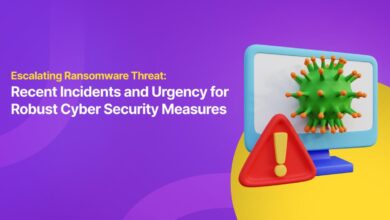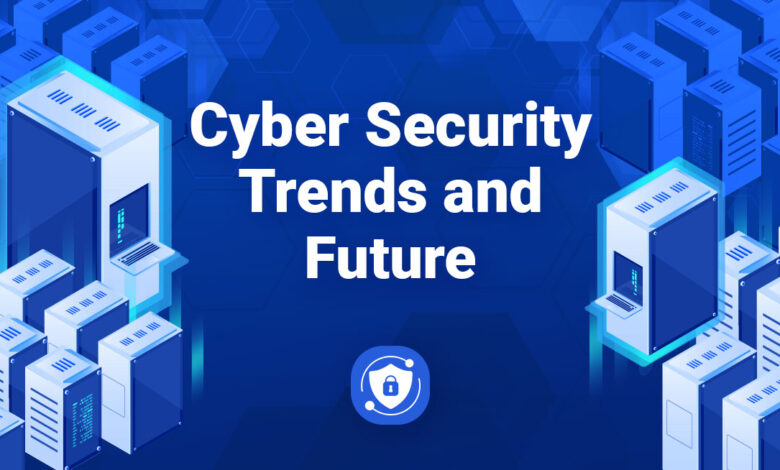
What Are the Current Trends in Cyber Security?
What are the current trends in cyber security? The digital world is a wild west, constantly evolving with new threats and innovative defenses. From the rise of AI-powered security tools to the ever-growing complexity of ransomware attacks, the cybersecurity landscape is a dynamic battlefield where staying informed is crucial for individuals and organizations alike. This post dives into the key trends shaping the future of online protection.
We’ll explore how artificial intelligence is revolutionizing threat detection, examine the expanding threat landscape and the increasingly sophisticated tactics of cybercriminals, and delve into the unique challenges of securing cloud environments and the ever-important Internet of Things (IoT). We’ll also discuss the critical need for a skilled cybersecurity workforce and the vital role of cybersecurity awareness training. Get ready for a deep dive into the fascinating and ever-changing world of digital security!
The Rise of AI in Cybersecurity
The digital landscape is constantly evolving, bringing with it increasingly sophisticated cyber threats. Traditional security methods, while still crucial, are struggling to keep pace with the velocity and complexity of modern attacks. This is where Artificial Intelligence (AI) steps in, offering a powerful new arsenal in the fight against cybercrime. AI’s ability to analyze vast datasets, identify patterns, and learn from experience makes it an invaluable asset in detecting and preventing cyber threats.AI’s Role in Threat Detection and PreventionAI algorithms can analyze network traffic, system logs, and other data sources to identify anomalies indicative of malicious activity.
This surpasses human capabilities, especially when dealing with the sheer volume of data generated by modern systems. By leveraging machine learning, AI systems can learn to distinguish between benign and malicious activities, becoming increasingly accurate over time. This proactive approach enables quicker detection of threats, minimizing the impact of breaches.
AI-Powered Cybersecurity Tools and Their Functionalities
Several AI-powered tools are already making a significant impact. For example, Security Information and Event Management (SIEM) systems enhanced with AI can correlate security events across multiple sources, identifying complex attack patterns that would be missed by human analysts. Similarly, AI-driven endpoint detection and response (EDR) solutions can analyze endpoint behavior in real-time, detecting and responding to malware infections before they can spread.
Furthermore, AI is revolutionizing vulnerability management, helping organizations prioritize patching efforts based on the likelihood of exploitation. These AI tools significantly reduce the workload on security teams and improve the overall effectiveness of security measures.
Ethical Implications of Using AI in Cybersecurity
The use of AI in cybersecurity also raises ethical concerns. One key issue is the potential for bias in AI algorithms. If the data used to train an AI system is biased, the system may make unfair or discriminatory decisions. For example, an AI system trained on data that overrepresents certain types of attacks might overlook other, equally dangerous threats.
Another concern is the potential for AI to be used for malicious purposes. Sophisticated AI tools could be used to create more effective malware or to automate large-scale attacks. Responsible development and deployment of AI in cybersecurity require careful consideration of these ethical implications.
Traditional Security Methods vs. AI-Driven Approaches
Traditional security methods often rely on signature-based detection, meaning they only identify known threats. This approach is reactive and ineffective against zero-day exploits and novel attack techniques. AI-driven approaches, on the other hand, are proactive. They can identify unknown threats by analyzing patterns and anomalies, significantly improving detection rates and response times. While traditional methods remain important for establishing a baseline security posture, AI offers a powerful augmentation, enabling a more comprehensive and adaptive security strategy.
Hypothetical Scenario Illustrating the Benefits of AI in a Cybersecurity Breach Response
Imagine a large financial institution experiencing a Distributed Denial of Service (DDoS) attack. Traditional security systems might struggle to identify the source and mitigate the attack effectively, leading to significant downtime and financial losses. However, with an AI-powered security system, the anomaly detection algorithms would quickly identify the unusual traffic patterns indicative of a DDoS attack. The AI system could then automatically reroute traffic, mitigate the attack, and identify the source of the attack far more rapidly than human analysts.
Simultaneously, the AI system could analyze system logs to identify any potential internal vulnerabilities exploited during the attack, enabling the institution to take immediate corrective actions and prevent future incidents. The rapid response facilitated by AI minimizes the impact of the breach, protecting the institution’s reputation and financial stability.
The Expanding Threat Landscape
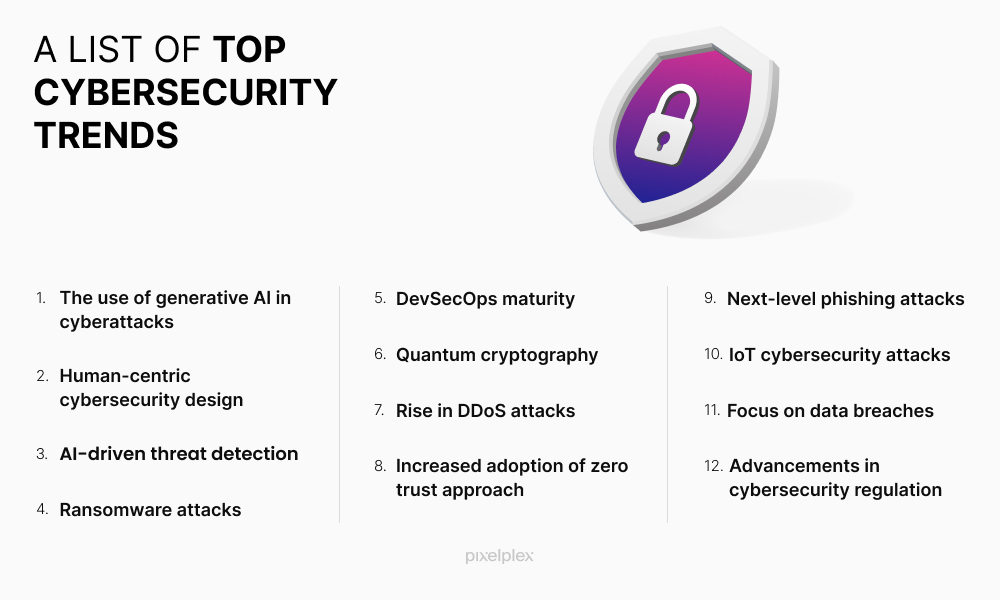
The cyber threat landscape is constantly evolving, becoming more sophisticated and pervasive. Organizations of all sizes, from small businesses to multinational corporations, face a growing number of cyberattacks targeting their valuable data, systems, and reputation. Understanding the current trends and emerging threats is crucial for effective cybersecurity defense.
Cybercriminals are employing increasingly advanced tactics, techniques, and procedures (TTPs) to breach security defenses and achieve their objectives, which often involve financial gain, data theft, or disruption of services. The interconnected nature of modern systems, coupled with the proliferation of IoT devices, significantly expands the potential attack surface, making comprehensive security a complex challenge.
Prevalent Cyber Threats and Their Impact
The following table summarizes some of the most prevalent cyber threats facing organizations today, outlining their targets, impacts, and potential mitigation strategies.
| Threat Type | Target | Impact | Mitigation Strategy |
|---|---|---|---|
| Ransomware | Data, systems, and operations | Data loss, operational disruption, financial losses, reputational damage | Regular backups, strong endpoint security, employee training, incident response planning, multi-factor authentication |
| Phishing | Individuals, systems, and networks | Data breaches, malware infections, account takeovers, financial fraud | Security awareness training, email filtering, multi-factor authentication, robust password policies |
| Malware | Systems and data | Data theft, system damage, disruption of services, financial losses | Antivirus and anti-malware software, regular software updates, network segmentation, intrusion detection systems |
| Denial-of-Service (DoS) Attacks | Websites and online services | Service disruption, loss of revenue, reputational damage | Distributed denial-of-service (DDoS) mitigation services, network security monitoring, robust infrastructure |
| Supply Chain Attacks | Organizations through their vendors or partners | Data breaches, malware infections, disruption of services | Thorough vendor risk assessment, secure software development practices, strong access controls |
Sophistication of Ransomware Attacks
Ransomware attacks have become increasingly sophisticated, moving beyond simple encryption to include data exfiltration and the threat of public disclosure of stolen data. This tactic, known as double extortion, significantly increases the pressure on victims to pay the ransom. For example, the REvil ransomware gang famously targeted Kaseya, a managed service provider, resulting in widespread disruption across numerous businesses that relied on Kaseya’s services.
The attackers not only encrypted data but also threatened to release it publicly unless a substantial ransom was paid. This illustrates the evolving nature of ransomware and the significant consequences for organizations.
The Expanding Threat Surface Due to IoT Devices
The proliferation of Internet of Things (IoT) devices – smart home appliances, industrial sensors, wearable technology – significantly expands the attack surface for organizations. These devices often lack robust security features, making them vulnerable to exploitation. A compromised IoT device can serve as an entry point for attackers to gain access to an organization’s network, potentially leading to wider breaches.
Imagine a scenario where a compromised smart thermostat in an office building provides attackers with access to the building’s network, allowing them to move laterally and target sensitive data. The sheer number and diversity of IoT devices make securing them a major challenge.
Cloud Security and its Challenges
The migration of businesses to the cloud offers numerous benefits, from scalability and cost-effectiveness to enhanced collaboration. However, this shift also introduces a new set of security challenges that require careful consideration and proactive mitigation strategies. Understanding these challenges and implementing robust security measures is crucial for organizations to leverage the advantages of cloud computing while safeguarding their sensitive data and applications.Cloud security differs significantly from traditional on-premises security due to the shared responsibility model.
While cloud providers manage the security
- of* the cloud (the underlying infrastructure), organizations remain responsible for security
- in* the cloud (their data and applications). This shared responsibility can lead to confusion and gaps in security if not clearly defined and managed.
Unique Security Challenges in Cloud Environments
The distributed nature of cloud environments presents several unique security challenges. Data breaches, unauthorized access, and misconfigurations are more likely in a cloud setting due to the complexity of managing multiple interconnected systems and the potential for human error. Furthermore, the reliance on third-party vendors introduces additional risk, as security breaches within the vendor’s infrastructure can directly impact an organization’s data.
Maintaining visibility and control over data and applications spread across multiple cloud regions and potentially different providers adds another layer of complexity. Finally, the dynamic nature of cloud resources – scaling up or down based on demand – necessitates continuous monitoring and adaptation of security policies to maintain consistent protection.
Best Practices for Securing Cloud-Based Infrastructure and Data
Implementing robust security practices is paramount for protecting cloud-based resources. This involves a multi-layered approach incorporating various security controls. Strong authentication and authorization mechanisms, such as multi-factor authentication (MFA) and role-based access control (RBAC), are essential to restrict access to sensitive data and applications. Regular security audits and vulnerability assessments are necessary to identify and address potential weaknesses in the cloud infrastructure.
Data encryption, both in transit and at rest, protects data from unauthorized access even if a breach occurs. Regular patching and updates of software and operating systems are critical to mitigate known vulnerabilities. Finally, comprehensive logging and monitoring provide valuable insights into system activity, enabling early detection of suspicious behavior and potential security incidents.
Comparison of Cloud Security Models: IaaS, PaaS, and SaaS, What are the current trends in cyber security
Different cloud service models – Infrastructure as a Service (IaaS), Platform as a Service (PaaS), and Software as a Service (SaaS) – offer varying levels of responsibility for security. With IaaS, the customer manages the operating system, applications, and data, while the provider manages the underlying infrastructure. PaaS provides a platform for application development and deployment, with the provider managing the underlying infrastructure and middleware.
SaaS offers ready-to-use applications, with the provider managing the entire infrastructure, platform, and application. Consequently, the level of security responsibility shifts from the customer in IaaS to the provider in SaaS. Each model demands a different security approach, requiring organizations to carefully consider their specific needs and resources when selecting a cloud service model.
The Importance of Data Encryption and Access Control in Cloud Security
Data encryption and access control are fundamental to cloud security. Data encryption safeguards sensitive information by transforming it into an unreadable format, protecting it from unauthorized access even if a breach occurs. Access control mechanisms, such as RBAC, ensure that only authorized users have access to specific data and resources, minimizing the risk of data breaches and unauthorized modifications.
Implementing robust encryption and access control policies across all cloud resources is crucial for maintaining data confidentiality and integrity.
Essential Security Measures for Cloud Migration
Organizations migrating to the cloud should implement a comprehensive security strategy encompassing the following measures:
- Conduct a thorough risk assessment to identify potential vulnerabilities and security threats.
- Develop a comprehensive cloud security policy that aligns with organizational security standards and regulatory requirements.
- Implement strong authentication and authorization mechanisms, including MFA and RBAC.
- Encrypt data both in transit and at rest.
- Regularly monitor and audit cloud resources for security vulnerabilities and suspicious activity.
- Establish incident response plans to address security breaches effectively.
- Ensure compliance with relevant security standards and regulations.
- Regularly update software and operating systems to patch known vulnerabilities.
- Utilize cloud security tools and services offered by cloud providers.
- Implement a robust data loss prevention (DLP) strategy.
Cybersecurity Workforce and Skills Gap: What Are The Current Trends In Cyber Security
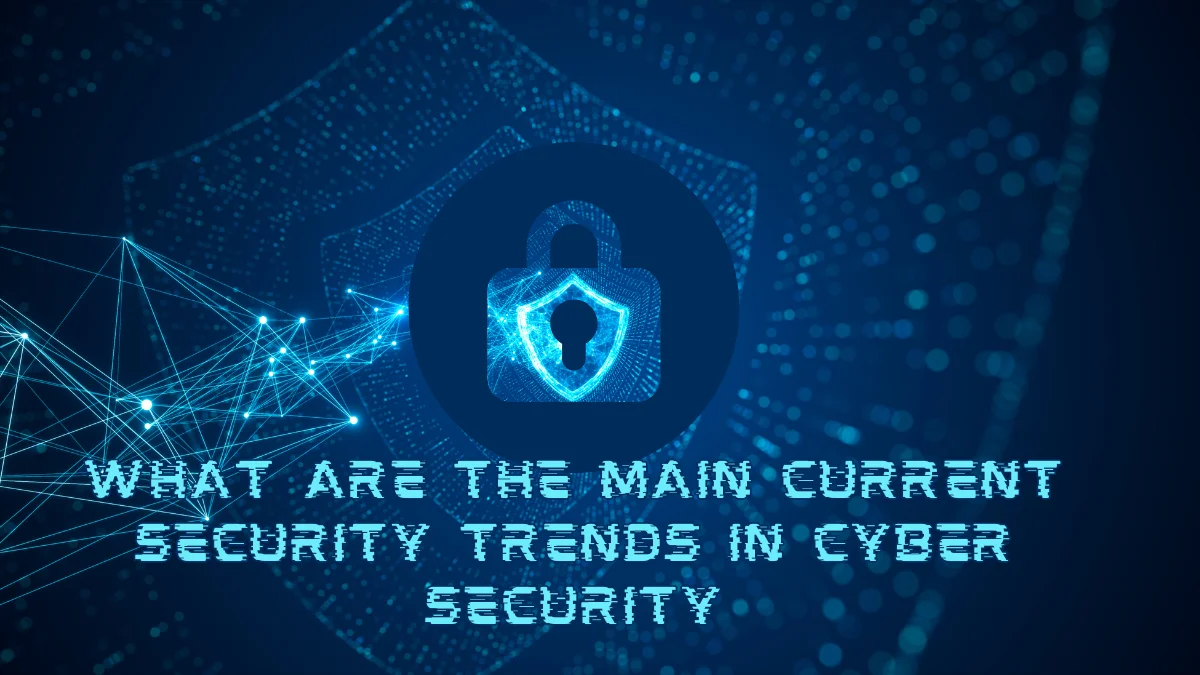
The cybersecurity industry is booming, yet it’s facing a critical shortage of skilled professionals. This skills gap poses a significant threat to organizations of all sizes, leaving them vulnerable to increasingly sophisticated cyberattacks. The demand for cybersecurity experts far outpaces the supply, creating a highly competitive job market and leaving many organizations struggling to fill crucial roles. This necessitates a multi-pronged approach to address the issue, focusing on attracting new talent, retaining existing professionals, and fostering continuous learning.
In-Demand Cybersecurity Skills
The most sought-after skills in the cybersecurity job market are constantly evolving, but some consistently remain in high demand. These skills span various specializations, reflecting the multifaceted nature of modern cybersecurity threats. Employers are actively seeking individuals with a blend of technical expertise and soft skills, indicating a need for well-rounded professionals who can not only understand the technical intricacies but also communicate effectively and work collaboratively.
Impact of the Cybersecurity Skills Gap on Organizations
The cybersecurity skills gap significantly impacts organizations, leading to increased vulnerability to cyberattacks, higher costs associated with remediation, and reputational damage. Understaffed security teams are often forced to prioritize tasks, potentially neglecting critical areas like vulnerability management or incident response. This can result in delayed detection of breaches, leading to prolonged exposure and greater financial losses. Moreover, the lack of skilled professionals can hinder an organization’s ability to implement and maintain robust security measures, leaving them exposed to a wider range of threats.
For example, a company lacking skilled penetration testers might fail to identify critical vulnerabilities before attackers exploit them. The resulting breaches can lead to significant financial losses, legal repercussions, and damage to the company’s reputation.
Strategies for Attracting and Retaining Cybersecurity Professionals
Attracting and retaining top cybersecurity talent requires a multifaceted strategy that goes beyond competitive salaries. Organizations need to create a positive and supportive work environment that fosters professional growth and development. This includes offering opportunities for advanced training, certifications, and career progression. Furthermore, emphasizing work-life balance and promoting a strong company culture can significantly improve employee retention rates. Competitive compensation packages, including benefits and bonuses, are also crucial in attracting and retaining skilled professionals in this high-demand field.
Finally, promoting diversity and inclusion within the cybersecurity workforce is essential to bring a wider range of perspectives and experiences to the table.
Importance of Continuous Learning and Professional Development
The cybersecurity landscape is constantly evolving, with new threats and vulnerabilities emerging regularly. Continuous learning and professional development are therefore crucial for cybersecurity professionals to stay ahead of the curve. Staying up-to-date with the latest technologies, security best practices, and emerging threats is essential for effectively mitigating risks and responding to incidents. Professionals should actively seek out opportunities for training, certifications, and networking to expand their knowledge and skills.
This includes attending industry conferences, participating in online courses, and pursuing advanced certifications like CISSP or CEH. Regularly updating their skillset allows professionals to adapt to the changing threat landscape and remain valuable assets to their organizations.
Resources for Cybersecurity Training and Education
Access to high-quality training and education is critical for bridging the cybersecurity skills gap. Numerous resources are available to help individuals develop the necessary skills for a successful career in this field.
- Online Courses: Platforms like Coursera, edX, and Cybrary offer a wide range of cybersecurity courses, covering various topics from ethical hacking to cloud security.
- Certifications: Industry-recognized certifications such as CompTIA Security+, CISSP, and CEH demonstrate a professional’s competence and can significantly enhance their job prospects.
- University Programs: Many universities offer undergraduate and graduate degrees in cybersecurity, providing students with a comprehensive education in the field.
- Bootcamps: Intensive bootcamps offer accelerated training programs, allowing individuals to quickly acquire in-demand skills.
- Professional Organizations: Organizations like (ISC)² and ISACA provide resources, training, and networking opportunities for cybersecurity professionals.
The Importance of Cybersecurity Awareness Training
In today’s interconnected world, human error remains a leading cause of cybersecurity breaches. A robust cybersecurity awareness training program is no longer a luxury but a critical necessity for organizations of all sizes. It’s the most effective way to build a culture of security, empowering employees to become the first line of defense against cyber threats. Investing in such training significantly reduces the risk of costly data breaches, reputational damage, and legal repercussions.Cybersecurity awareness training plays a crucial role in mitigating human error by educating employees about common threats and vulnerabilities.
It equips them with the knowledge and skills to identify and respond to phishing attempts, malware infections, and social engineering tactics. By fostering a security-conscious mindset, organizations can significantly reduce the likelihood of employees falling victim to these attacks, ultimately strengthening their overall security posture.
Effective Cybersecurity Awareness Training Programs
Effective training programs are multifaceted and tailored to the specific needs and roles within an organization. A one-size-fits-all approach is rarely successful. Instead, programs should incorporate a variety of methods and materials to cater to different learning styles and knowledge levels. For instance, a program for executive leadership will differ significantly from one designed for IT staff, reflecting their respective responsibilities and access levels.
Successful programs are also regularly updated to reflect the ever-evolving threat landscape. For example, a program focusing on the latest phishing techniques and ransomware variants is much more relevant than one using outdated examples.
Key Elements of a Comprehensive Training Program
A comprehensive cybersecurity awareness training program should include several key elements. First, it must clearly define the organization’s security policies and procedures. This ensures everyone understands their responsibilities and the consequences of non-compliance. Second, it needs to provide practical, real-world examples of cyber threats. Using case studies of actual breaches can effectively illustrate the potential consequences of neglecting security best practices.
Third, interactive elements such as quizzes, simulations, and games should be included to enhance engagement and knowledge retention. Finally, regular reinforcement and refresher training are essential to maintain employee awareness and prevent complacency. Consider incorporating regular updates and reminders about important security protocols, perhaps through short email updates or quick online modules.
Comparison of Training Methods
Several methods can deliver cybersecurity awareness training. Online modules offer flexibility and scalability, allowing employees to learn at their own pace and convenience. In-person workshops provide a more interactive learning environment, fostering discussion and collaboration. Phishing simulations realistically assess employee vulnerability to social engineering attacks. Each method has its strengths and weaknesses; a blended approach, combining online modules with occasional in-person workshops and regular phishing simulations, is often the most effective strategy.
For example, an initial online module could introduce core concepts, followed by an in-person workshop to address specific questions and concerns, and concluded with regular phishing simulations to reinforce learned behaviors.
Creating Engaging and Effective Training Materials
Creating engaging training materials is crucial for maximizing impact. Materials should be concise, easy to understand, and relevant to employees’ daily tasks. Using relatable scenarios and avoiding technical jargon will improve comprehension. For example, instead of discussing “zero-day exploits,” the training might focus on the dangers of clicking on suspicious links in emails. Visual aids, such as infographics and short videos, can also enhance engagement.
The style of the materials should be adjusted to match the audience. Executives might benefit from brief, high-level summaries, while IT staff might require more detailed, technical explanations. For instance, a training module for a sales team might focus on protecting customer data, while a module for the IT department would focus on network security protocols and incident response.
Zero Trust Security Architecture
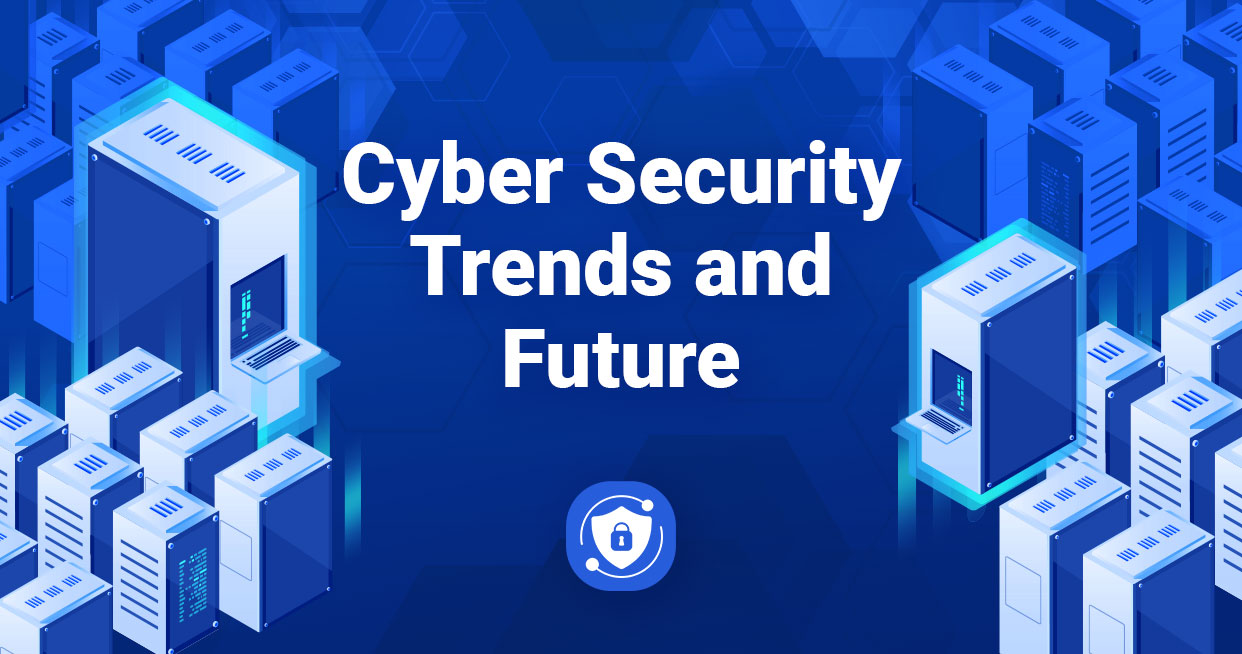
The traditional castle-and-moat approach to security, where a strong perimeter protects the entire network, is increasingly inadequate in today’s distributed and cloud-based environments. Zero Trust, a fundamentally different security model, addresses this by assuming no implicit trust and verifying every access request, regardless of its origin. This shift in paradigm is crucial for mitigating the ever-growing threat landscape.Zero Trust operates on the principle of “never trust, always verify.” It eliminates the concept of a secure perimeter, instead focusing on micro-segmentation and continuous authentication and authorization.
Every user, device, and application is treated as an external entity, requiring rigorous verification before accessing resources. This approach minimizes the impact of breaches by limiting lateral movement within the network.
Zero Trust Implementation in Different Organizational Settings
The implementation of Zero Trust varies depending on the organization’s size, complexity, and specific needs. A small business might implement Zero Trust using a combination of multi-factor authentication (MFA) for all users and access control lists (ACLs) to restrict access to sensitive data. Larger enterprises, however, often require more sophisticated solutions, such as software-defined perimeters (SDPs) and cloud access security brokers (CASBs) to manage access across diverse environments.
For example, a financial institution might utilize Zero Trust principles to secure its online banking platform by employing continuous authentication and authorization mechanisms alongside strict data encryption and access controls, while a healthcare provider might leverage Zero Trust to protect patient data stored in cloud environments through granular access controls and robust monitoring of user activity.
Benefits of Adopting a Zero Trust Architecture
Adopting a Zero Trust architecture offers several key benefits. It significantly reduces the attack surface by limiting the impact of breaches, as compromised accounts or devices have restricted access. It improves compliance with regulatory requirements like GDPR and HIPAA by providing a more robust and auditable security posture. Finally, it enhances operational efficiency by automating security processes and providing better visibility into user activity.
For example, a company adopting Zero Trust can significantly reduce the impact of a phishing attack as the compromised account will have limited access, even if credentials are obtained.
Challenges of Adopting a Zero Trust Architecture
Implementing Zero Trust is not without its challenges. It requires significant upfront investment in infrastructure, software, and skilled personnel. The complexity of integrating various security tools and technologies can also be daunting. Furthermore, maintaining a Zero Trust architecture requires continuous monitoring and adaptation to evolving threats and organizational needs. For instance, the migration to a Zero Trust model can be complex and require significant planning and expertise to ensure seamless integration with existing systems.
Comparison of Zero Trust with Traditional Perimeter-Based Security Models
Traditional perimeter-based security models rely on a strong perimeter defense, such as firewalls and intrusion detection systems, to protect the network. Once inside the perimeter, users and devices are generally trusted. Zero Trust, in contrast, assumes no implicit trust and verifies every access request, regardless of location. This fundamental difference makes Zero Trust more resilient to modern attacks that often bypass perimeter defenses.
Traditional models struggle with the increasing number of remote workers and cloud-based applications, while Zero Trust is inherently better suited for these distributed environments.
Key Components of a Zero Trust Architecture
A simplified illustration of a Zero Trust architecture could be described as follows: Imagine a central authentication and authorization server (the “core”). Every user (represented by a unique identifier and authentication credentials) requests access to a resource (like a file server or application). This request is routed through the central server which verifies the user’s identity and permissions before granting access.
The access is granted only for the specific resource and for a limited time. The communication between the user and the resource is encrypted. Continuous monitoring and logging of all access attempts are also key elements. This system constantly verifies and re-verifies access, ensuring that even if a user gains initial access through a compromised credential, their access is still limited and monitored, preventing lateral movement.
This differs from a traditional model where once inside the perimeter, a user has largely unrestricted access.
Securing the Internet of Things (IoT)
The Internet of Things (IoT) has revolutionized how we interact with our world, connecting everyday devices to the internet and enabling automation and data collection on an unprecedented scale. However, this interconnectedness also presents significant security challenges. The sheer number of devices, their often-limited processing power and security features, and the diverse nature of their applications create a complex landscape ripe for exploitation.
Understanding and mitigating these risks is crucial for ensuring the safe and reliable operation of IoT systems.IoT devices frequently suffer from inherent security vulnerabilities. These range from weak or default passwords and lack of encryption to outdated software and insufficient authentication mechanisms. Many devices are designed with minimal security in mind, prioritizing functionality and cost-effectiveness over robust security features.
This leaves them vulnerable to various attacks, including unauthorized access, data breaches, and malware infections. The consequences can range from minor inconveniences to significant financial losses and even physical harm.
IoT Device Vulnerabilities
A wide array of vulnerabilities plague IoT devices. Many lack secure boot processes, making them susceptible to firmware manipulation. Insufficient input validation allows attackers to inject malicious code. The use of insecure protocols, such as unencrypted communication channels, exposes sensitive data to eavesdropping and manipulation. Furthermore, many IoT devices lack robust update mechanisms, making it difficult to patch security flaws promptly.
This combination of weaknesses creates a fertile ground for cybercriminals. For example, a compromised smart home security camera could be used to spy on residents, while a compromised industrial control system could disrupt critical infrastructure.
Challenges of Securing Large-Scale IoT Deployments
Securing a large number of interconnected IoT devices presents unique challenges. The sheer scale of devices makes it difficult to manage and monitor their security effectively. Heterogeneity in device types, operating systems, and security protocols adds further complexity. Furthermore, the decentralized nature of many IoT deployments makes it difficult to enforce consistent security policies across all devices.
Maintaining security updates and patches across a large number of devices is a significant logistical and resource-intensive undertaking. Consider a smart city deployment with thousands of sensors and actuators: managing the security of such a vast network requires sophisticated tools and expertise.
Best Practices for Securing IoT Devices and Networks
Several best practices can significantly improve IoT security. Employing strong authentication mechanisms, such as multi-factor authentication, is crucial. Using encryption to protect data in transit and at rest is paramount. Regular software updates and patching are essential to address known vulnerabilities. Implementing robust access control mechanisms limits unauthorized access to devices and data.
Employing network segmentation isolates IoT devices from other critical systems, minimizing the impact of a potential breach. Finally, choosing reputable vendors and devices with strong security features is a proactive measure to mitigate risk. For instance, a smart home system should use strong encryption for all communication between devices and the central hub.
The Role of IoT Security Standards and Regulations
The increasing importance of IoT security has led to the development of several standards and regulations. These aim to provide a common framework for securing IoT devices and networks. Examples include the NIST Cybersecurity Framework and the IEC 62443 standard for industrial control systems. Regulations like the GDPR in Europe also impose requirements for data protection and security in IoT deployments.
These standards and regulations provide guidance on best practices, security requirements, and compliance mechanisms. Adherence to these standards helps to improve the overall security posture of IoT systems and promotes interoperability between different devices and platforms.
Security Framework for a Smart Home Environment
A secure smart home environment requires a layered security approach. This begins with secure device selection, prioritizing devices with strong security features and reputable manufacturers. A strong, unique password or multi-factor authentication should be used for each device and the central hub. Network segmentation isolates smart home devices from the rest of the home network. Regular firmware updates should be enabled for all devices.
Encryption should protect all communication between devices and the cloud. Finally, implementing intrusion detection and prevention systems can further enhance security by monitoring network traffic for suspicious activity. A well-defined security policy, regularly reviewed and updated, should guide all aspects of the smart home setup.
Final Wrap-Up
The cybersecurity world is a constant game of cat and mouse, with threats evolving as quickly as defenses are built. Understanding the current trends – from AI’s role in threat detection to the challenges of securing the cloud and IoT – is essential for staying ahead of the curve. By focusing on a skilled workforce, robust awareness training, and a proactive approach to security, we can navigate the ever-changing landscape and build a more secure digital future.
Stay vigilant, stay informed, and stay safe online!
FAQ Insights
What is a Zero Trust security model, and why is it important?
Zero Trust assumes no implicit trust granted to any user, device, or network, regardless of location. It verifies every access request before granting it, significantly reducing the impact of breaches. It’s important because it moves beyond traditional perimeter-based security, which is easily bypassed by modern threats.
How can I improve my personal cybersecurity?
Use strong, unique passwords for each account, enable two-factor authentication whenever possible, keep your software updated, be wary of phishing emails and suspicious links, and regularly back up your important data.
What are the biggest challenges in securing IoT devices?
The sheer number of devices, their often limited processing power and security features, and the difficulty of managing updates across a large network make securing IoT devices a significant challenge.

